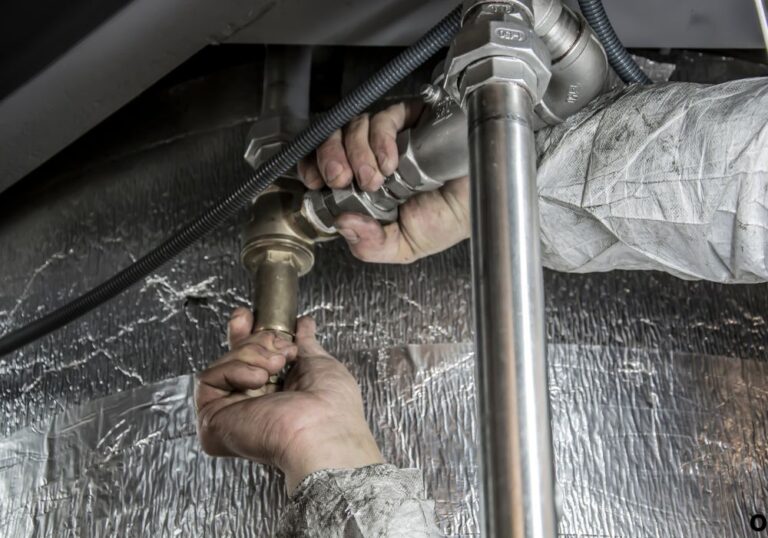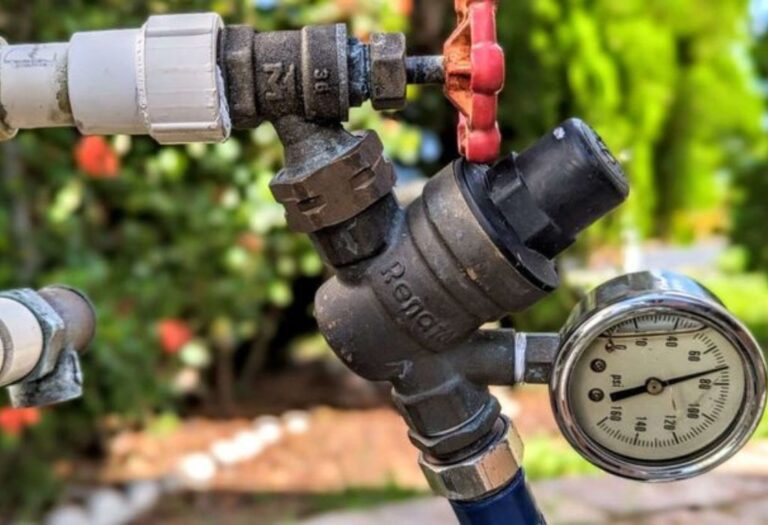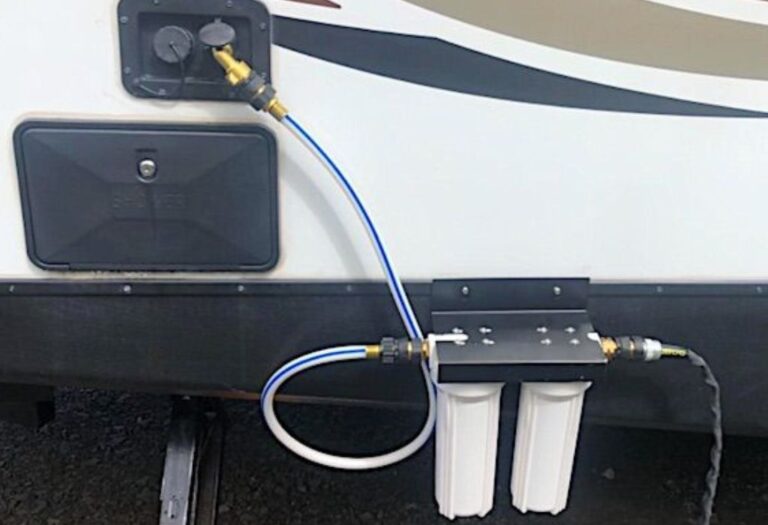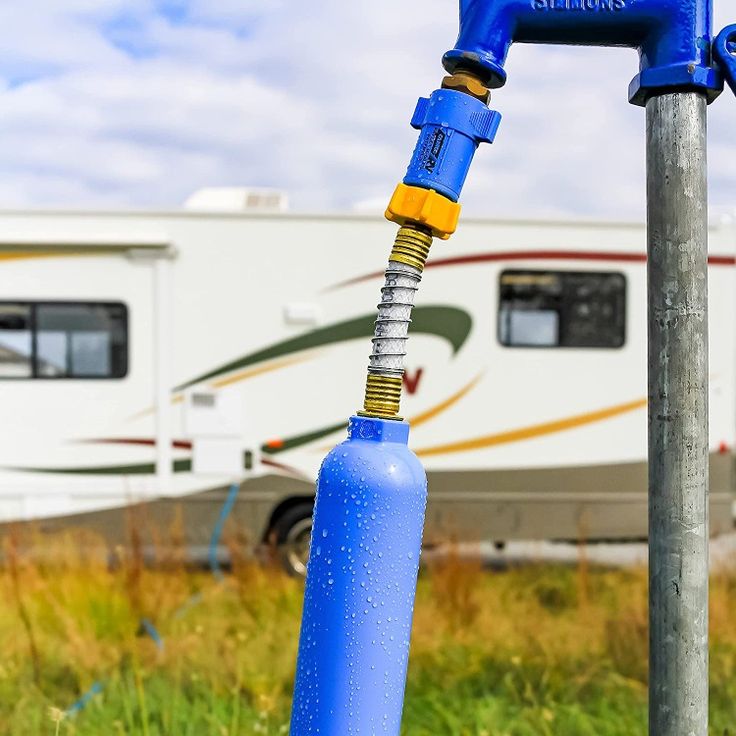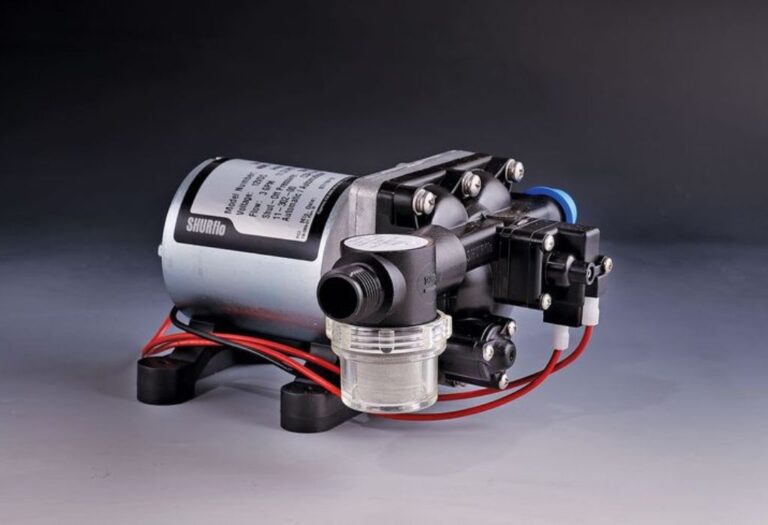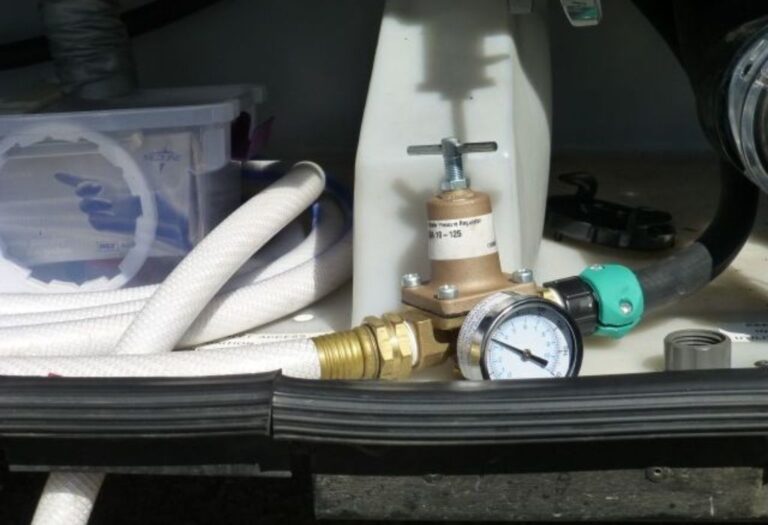How to Fix Low Water Pressure in Your RV
Few things are more frustrating than turning on your RV shower or sink and getting only a trickle of water. Low water pressure can ruin your camping experience and make everyday tasks like cooking, cleaning, and showering challenging.
Low pressure in an RV is often caused by clogged filters, failing pumps, or sediment buildup in pipes and tanks. Did you know that around 40% of RV owners report low water pressure at least once during their travels (RVTravel.com)? The good news is that most issues can be fixed with basic troubleshooting and preventive maintenance.
Understanding why your RV water system underperforms helps you fix problems faster and avoid recurring headaches. Small adjustments like cleaning filters, checking hoses, and regulating pumps can restore water flow efficiently. This article provides a step-by-step guide to identify causes, implement solutions, and maintain your RV water system for consistent performance on the road.
Understanding RV Water Systems
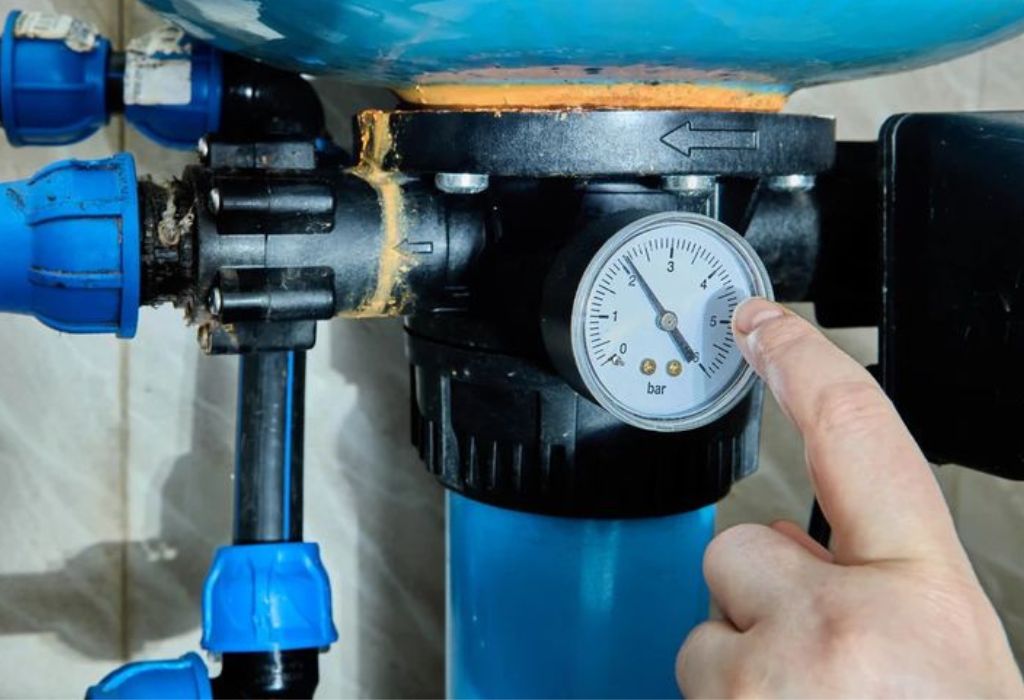
RV water systems typically consist of a fresh water tank, pump, pipes, faucets, and sometimes a water pressure regulator. The pump draws water from the tank and delivers it to faucets, showers, and appliances.
What causes low water pressure in RVs?
Blocked pipes, clogged filters, failing pumps, or low tank levels reduce flow.
How does the RV water pump work?
It pressurizes water from the tank and sends it through the plumbing to faucets and showers.
What role do pipes and fittings play?
Leaks, kinks, or improperly connected hoses can limit water flow.
How does gravity or pump type affect flow?
Some systems rely on gravity; others use electric pumps. Pump type and placement affect pressure.
Can water filters reduce pressure?
Yes. Clogged or dirty filters significantly decrease flow and pressure.
Common Causes of Low Water Pressure
Low water pressure can be traced to several common issues in RVs:
- Clogged water filters that restrict flow.
- Failing water pumps unable to generate sufficient pressure.
- Leaks or loose fittings in pipes reducing pressure.
- Faulty water pressure regulators limiting flow.
- Sediment buildup in tanks and pipes.
Can a clogged water filter reduce pressure?
Yes, a blocked filter limits water flow to faucets and showers.
What if the water pump is failing?
A worn or damaged pump will struggle to pressurize water consistently.
Do leaks or loose fittings cause low flow?
Absolutely; water escapes before reaching faucets, lowering pressure.
Can a water pressure regulator malfunction?
Yes, faulty regulators can restrict flow even if the pump works properly.
How does sediment in tanks affect pressure?
Sediment can partially block pipes and reduce effective water volume.
Step-by-Step Troubleshooting Guide
Start with simple checks before replacing parts:
- Check fresh water tank level to ensure adequate water supply.
- Inspect the pump for proper operation.
- Examine hoses and fittings for leaks or blockages.
- Clean or replace water filters to restore flow.
- Test faucets and shower heads for clogs.
How to test the water pump?
Turn on the pump and listen for steady operation; check if water flows consistently at all faucets.
What tools are needed for troubleshooting?
A wrench, screwdrivers, and replacement filters or hose clamps may be required.
How to locate leaks or pipe issues?
Inspect all connections for moisture or use a tissue to detect slow leaks.
How to check and clean the RV water filter?
Remove the filter, rinse with clean water, and replace if damaged or clogged.
What safety precautions should be taken?
Turn off power to the pump and avoid electrical hazards when inspecting wet areas.
Solutions for Low Water Pressure
Once the problem is identified, implement these fixes:
- Replace or clean clogged filters regularly.
- Repair or replace the water pump if it fails to generate pressure.
- Tighten or repair leaking fittings to prevent water loss.
- Adjust or replace faulty water pressure regulators for consistent flow.
- Flush tanks and pipes to remove sediment.
How to fix a clogged pipe?
Use a flexible brush or water flow to clear sediment; replace the hose if necessary.
When should you replace the water pump?
If it runs but fails to deliver adequate pressure despite normal operation, replacement is recommended.
How to adjust the water pressure regulator?
Follow the manufacturer’s instructions to set the desired PSI for consistent water flow.
Can installing a booster pump help?
Yes, booster pumps increase water pressure in low-flow situations.
How to clean or replace filters effectively?
Turn off the pump, remove the filter, rinse or replace, then reattach securely.
Preventive Maintenance Tips
Regular maintenance ensures your RV water system functions reliably:
- Replace filters every 3–6 months or as recommended.
- Inspect water pump annually for wear and leaks.
- Flush tanks periodically to prevent sediment buildup.
- Check hoses and fittings for cracks, kinks, or leaks.
- Winterize the system to prevent freezing damage.
How often should RV water filters be replaced?
Every 3–6 months or based on usage and water quality.
How to maintain the water pump?
Clean, inspect, and lubricate moving parts; check electrical connections.
Should you flush water tanks periodically?
Yes, flushing prevents sediment and microbial growth.
How to avoid sediment buildup?
Use clean water, filter regularly, and flush tanks after long storage periods.
Is regular plumbing inspection necessary?
Absolutely; minor leaks or clogs can lead to significant water pressure issues.
Specialized RV Water Pressure Problems

Some situations cause inconsistent flow, even after maintenance:
- Shower vs sink pressure differences due to flow restrictions.
- Multiple open faucets reduce pressure across the system.
- Water source quality (city hookup vs onboard tank) affects flow.
- Hot water vs cold water may differ due to water heater limitations.
- Campground pressure fluctuations can impact the RV system.
Why is shower pressure lower than sink flow?
Smaller shower heads or internal restrictors reduce flow.
Can multiple open faucets reduce pressure?
Yes, shared pump capacity limits flow to each outlet.
How does water source affect RV flow?
City water may have low PSI; tanks rely on pump pressure.
Is hot water flow different from cold water flow?
Yes, water heaters may restrict flow due to internal valves or heating elements.
Can campground water affect RV pressure?
Yes, inconsistent municipal water pressure can reduce system performance.
Advanced Fixes and Upgrades
For chronic low-pressure problems, consider upgrades:
- Install a booster pump for higher consistent PSI.
- Upgrade hoses to larger diameters for better flow.
- Replace pressure regulators with adjustable or high-capacity models.
- Install high-flow water pumps for demanding setups.
- Consult professionals for extensive plumbing modifications.
What is an RV booster pump?
A device that increases water pressure from city hookups or onboard tanks.
How does upgrading hoses help?
Larger or less restrictive hoses improve water flow and reduce pressure loss.
Can pressure regulators be replaced or adjusted?
Yes, adjusting or upgrading regulators ensures desired PSI and stable flow.
Are there high-flow water pumps for RVs?
Yes, heavy-duty pumps provide better pressure for showers and multiple outlets.
Is professional help recommended for major upgrades?
Yes, complex plumbing or electrical modifications should be done by experts.
Conclusion
Low water pressure in RVs is a common but solvable problem. By understanding your system, troubleshooting issues, and performing regular maintenance, you can enjoy reliable water flow for showers, sinks, and appliances. Small fixes like cleaning filters, adjusting pumps, and flushing tanks save time, water, and stress. Follow preventive maintenance tips and consider upgrades for chronic low-pressure problems to enhance your RV experience.
I’m David R. Coleman, the founder, lead writer, and lifelong tool enthusiast behind GarageToolPro.com. With years of experience in automotive repair, woodworking, and home DIY projects, I created this platform to share practical tips, detailed tool reviews, and step-by-step guides that help mechanics, hobbyists, and homeowners get the job done right the first time.

